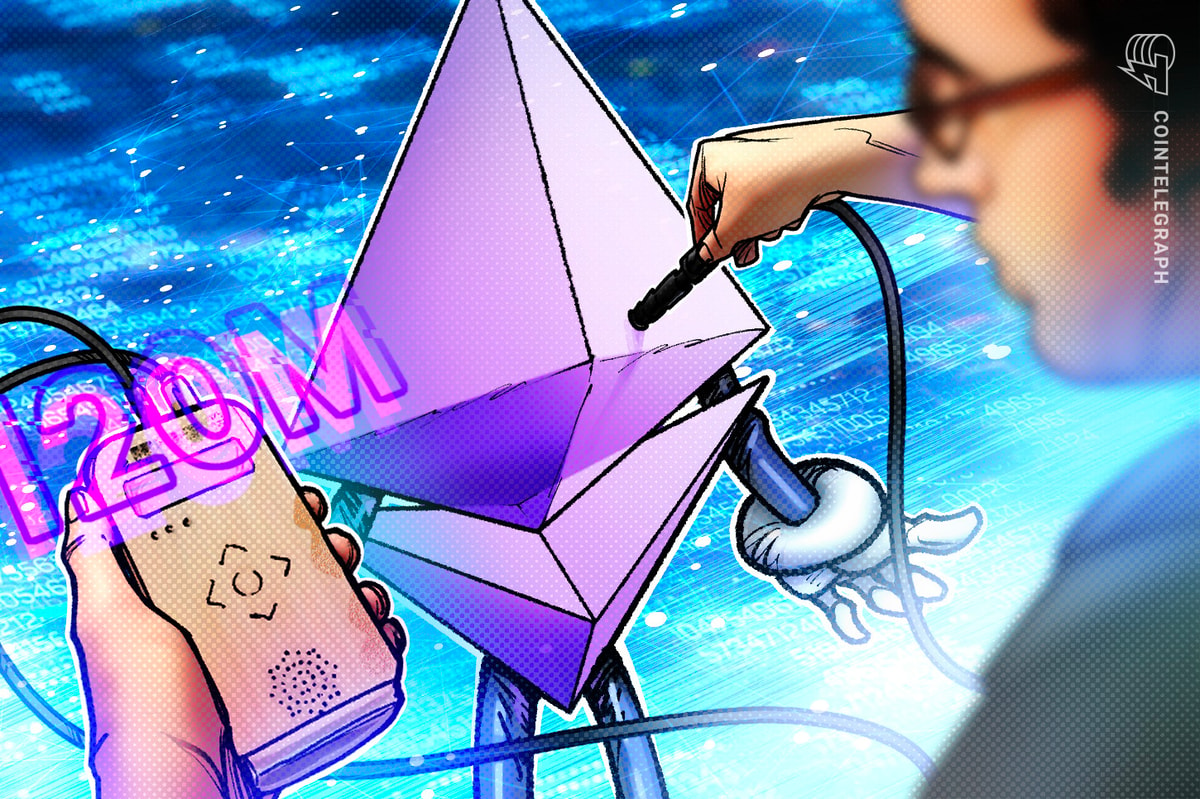Manage Holiday Season Stress With These Home Design And Technology Strategies
6 min read
“The holiday season is tougher than other times of the year and has been noted to be more stressful,” says Dr. Ashley Zucker, a psychiatrist at Kaiser Permanente in Fontana, California. “Some of the most common causes are financial strain, feeling over-scheduled, and increased pressures at work to get things done by the end of the year.”
Stress Notes
“Stress is your body’s reaction to helping you deal with pressure. A small amount can actually be helpful and can improve your performance and awareness,” Zucker explains, but too much or too long lasting can make existing mental health issues worse. “Stress has also been linked to many physical conditions such as heart disease, irritable bowel syndrome (IBS), increased blood sugar, reduced immune system, stomach ulcers and health issues,” she cautions. It can also mean resorting to unhealthy coping mechanisms like alcohol and drugs.
Younger women from 18 to 34 and men aged 356 and older were more likely to report stress completely overwhelming them, Zucker shares from a recent American Psychological Association survey. Inflation, finances and crime, all of which can feel more present during the holiday season, were stated by respondents as “significant causes of stress.”
Stress Release
We are not completely helpless to address these stressors, particularly in our home environments. The cliché used to be “Every man’s home is his castle.” Today’s corollary should be “Every man, woman and child’s home is their refuge.” Home should be a place of calm, respite and escape from the pressures of the outside world. It doesn’t always seem so as those pressures barge in – often through our electronics.
“Screens in our bedrooms, and as a constant in our lives, have been shown to impact sleep,” Zucker points out. Part of that effect is their melatonin-blocking blue light. Part of it is their grip on our thoughts. “It can be helpful to make sure your private spaces have some natural sunlight, as this can help reduce stress and increase serotonin production,” she suggests.
MORE FOR YOU
If natural light isn’t an option, the psychiatrist recommends bright artificial light. “Adding art, plants or other décor that makes you happy can also be helpful in boosting mood,” she shares. Art depicting natural scenes and décor made of natural materials – known as biophilic – have been shown to have mental health benefits too.
When you’re not sleeping, bathing or working, you’re probably spending your home time in shared spaces like the kitchen, living or dining area. “Probably the most important thing you can do to relieve stress related to shared spaces is to reduce clutter,” Zucker advises.
Clutter can create stress, (as well as providing more places for dust to grow and create respiratory hazards). The psychiatrist recommends having a space for each family member to store their gear to reduce clutter in shared spaces. “For example, having a bin for each child to place their shoes in, or a hook for their backpack, can help ensure that everything has its place.” (This can also reduce trip hazards, helping avoid an extremely stressful emergency room visit.)
Technology Aids
Technology gets a lot of blame when it comes to creating or adding stress in our lives. But it can – and should be – managed for healthier outcomes. “One of the easiest things to do is to setup guard rails and ‘rules’ for your devices in your home,” suggests smart home technology specialist Ian Bryant, senior project manager for Premier SAV in Jackson, Wyoming.
He recommends setting your personal devices to night mode earlier in the evening to reduce outside influences and help keep yourself focused on winding down. Newer routers and solutions can turn off access to outside media so the whole household can wind down together, he shares. “Work with your custom installer, or if you are a DYI person, start programming your lights to enter into dimmer levels and warmer colors as the evening progresses.”
Technology can be a help to your health too. Kaiser Permanente, knowing the risks stress presents, offers three free self-care apps for members to use at home and calming activities for the public at its stress management site. Smart home technology specialist, Bryant notes that in addition to using your devices’ do not disturb features for creating uninterrupted time, and self care apps, you can also use technology to bring nature indoors.
That could be providing the calming sounds of birds, the pounding of surf, the gentle whoosh of wind in the trees or horses neighing using your home’s audio system. Your screens can also display nature scenes. “Why not have images of the outdoors playing on in the background while you’re home and not using them?” Bryant suggests. “You can go one step further and have different types of videos playing at different times of day to help mimic the outside environment, especially in rooms with limited outside exposure.”
Lighting
Incorporating human centric lighting – also known as circadian lighting – into your space is another suggestion Bryant offers to enhance your home’s potential for adding serenity, describing it as “the ability to use the lighting technology in your home to mimic the light of the sun, with color changes and light intensities for the time of day, time of year and location.” HCL can also help your sleep.
Immersion
Looking toward the next five years, the technologist sees immersion therapy rooms emerging as a residential trend. “These rooms will be used for multimedia, but also for full isolation, meditation and immersion into whatever gets you to a calmer space.” He sees them incorporating audio and video, sound isolation from the rest of the home and, eventually, customized aromatherapy. Combined, he notes, these will customize a serenity space for each individual user in the comfort of their own home.
Sound
Pointing to one of those immersion room features, Bryant touts the importance of sound isolation today. “There is testing showing the positive effects of quality acoustics in spaces, (personal and public),” he observes. “A room with minimal noise floor can have tremendous abilities for meditation practices, making it as simple as sitting in the room to calm people.”
Private Space
With a house full of guests, carving out a quiet space for yourself can be challenging, but it’s essential. “It doesn’t have to be renovation of an entire room,” declares New York-based interior designer and Feng Shui specialist Marina Umali. “It can be your favorite chair or a part of the room with a small space to unwind.” (This is important year-round, she notes, but absolutely essential during the hectic holidays.)
For bathrooms, she suggests creating a spa-like environment by adding a steam shower or even something as small as a face steamer if a shower redo isn’t possible. For home offices, a comfortable seat for reading with beautiful artwork can create a corner of serenity. “Display only photos and art that give you a good feeling and take away anything that brings back bad memories,” the designer suggests. (This might mean purging items that evoke difficult times, even if they have long family history.)
Plants are great in any room if they’re easy to maintain, the designer adds. If plants aren’t an option for your space, fresh citrus fruits can add brightness and fragrance to a room and fresh flowers are great, she suggests. “Even the simplest and smallest bouquet of flowers can do a lot for a space,” Umali notes.
Last Words
“Humans, as sophisticated and reliant on our technology as we are, still have a straight line to nature imbedded in our DNA,” Bryant comments. “Finding ways to either bring the outside in or get outside is the easiest and best way to reduce stress and create serenity.” We can use the power of technology to facilitate that, and to make meditation and exercise easier at home, he notes.
“Our homes reflect us and we are reflected in our homes,” Umali adds. “No matter how serene we may design a home for ourselves or someone else, how we act towards ourselves and others will impact our serenity, our state of being and of those around us.”
***
AUTHOR’S NOTE:
Contributors Bryant, Umali and Zucker will be sharing their stress management insights in an hour-long Clubhouse conversation tomorrow afternoon (November 2, 2022) at 4 pm Eastern/1 pm Pacific. You can join this WELLNESS WEDNESDAYS discussion here. If you’re unable to attend, you can catch the recording via Clubhouse Replays here or the Gold Notes design blog here next Wednesday.







